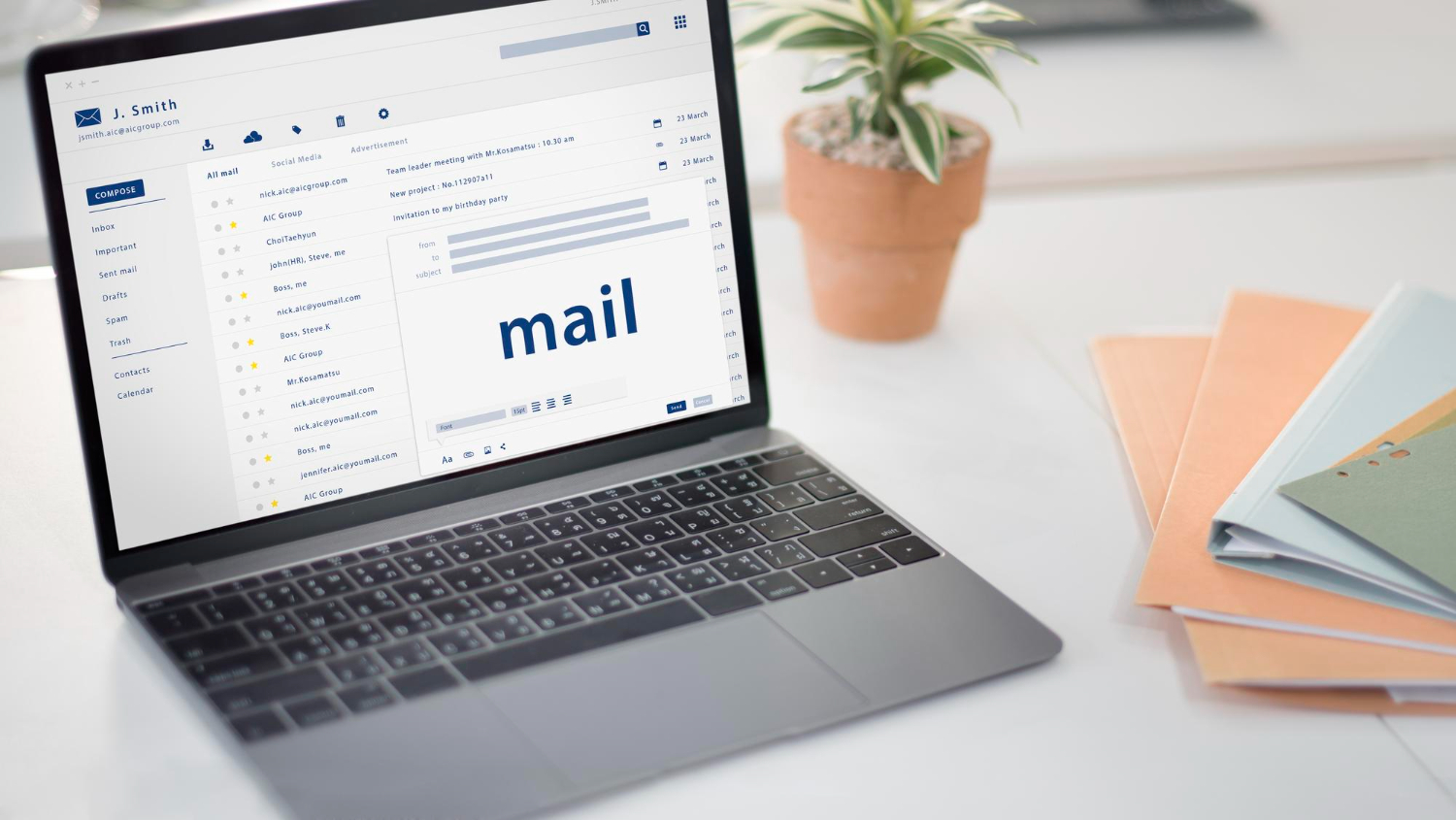In this fast‑changing time, e‑mail still is the main thing for professional communication. Whether you’re an experienced professional or a recent graduate just starting to work, understanding proper e‑mail etiquette is and will be important. Here we will check the main aspects of successful e‑mail communication, helping you to build strong professional relationships and enhance your overall effectiveness in the workplace.
Subject Lines Matter
A brief and clear subject line sets the tone for whole email. It should include the main purpose of your message and encourage the receiver to open it shortly. Avoid vague or generic subjects, instead, be specific and relevant.
Mind Your Tone
The lack of facial expressions and vocal nuances in written communication makes it necessary to choose words and expressions very carefully so as not to offend the recipient or create a false impression. Pay attention to your tone of communication, aiming for a professional and polite style. Avoid using only capital letters, which can be interpreted as shouting and consider the cultural context of the recipient.
Greet and Sign Off Professionally
Start your email with a polite greeting, addressing the recipient by their right title and name. The same when you finish your message, use a polite closing, such as “Best regards,” “Sincerely,” or “Thank you.” Including your full name and contact information in your email signature will add a touch of professionalism.
Keep it Concise
We are currently in the midst of an age of information overload, so directness and brevity are virtues. Clearly convey your message using concise sentences and paragraphs. If your email requires a detailed discussion, consider arranging a meeting or attaching relevant documents.
Mind the Attachments
If your email includes attachments, mention them in the main part of the message. Make sure that the files are named appropriately and that the receiver has the necessary tools to open them. Avoid sending files that are too large so as not to block the recipient’s email.
Reply Promptly
Acknowledge emails in a timely way, even if it’s a brief response to inform the receipt. If a response requires more time, communicate that you’re working on it and provide an estimated timeframe for a detailed reply.
Use CC and BCC Wisely
When using the CC (carbon copy) and BCC (blind carbon copy) possibilities, be careful. Include only those people who genuinely need to be part of the conversation. Avoid mass CCs, as they can clutter inboxes and dilute the importance of the message.
Proofread Before Sending
Typing and grammatical mistakes can change the perceptions about the professionalism of your email. Take a moment to check, if everything is fine in your message before sending it. If you are not sure, try to use tools like Grammarly to enhance the accuracy of your writing.
Be Mindful of Cultural Differences
In today’s globalized and information‑filled world, it is very important to understand the cultural nuances and details of communication that can affect overall communication. Pay attention to formalities, address people appropriately and be sensitive to cultural differences in language.
Email etiquette is important for everyone, to have successful and professional communication. By following the advice you will create positive and successful online communication that will help you build better relationships with colleagues and CLIENTS. If you want to stand out in ever‑changing and digitalized world, successful communication will be crucial.




